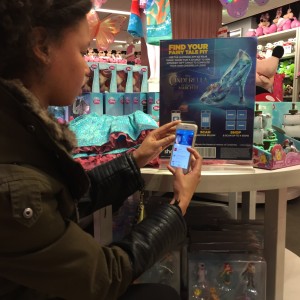Read original article on: Engadget
Google is reportedly planning to add “buy buttons” to its paid search results on mobile devices in the coming weeks, which will redirect interested shoppers to another Google product page to complete the purchase. According to sources, the search giant will start showing the buttons displayed under a “Shop on Google” heading when users search for products on mobile devices, which won’t appear with the non-sponsored results composed by Google’s search algorithm. Macy’s is named as one of the launch partners.
This new feature, should it come to fruition, signals the search giant’s ambitious plan in branching out its search platform into ecommerce space. Although its share in desktop search has slipped 3% from 67.5% in March 2014 to 64.5% in March 2015, according to comScore, Google still commands over 83% of U.S. mobile search market, according to StatCounter’s data, putting it well ahead of its competitors. Backed with a dominant position in the mobile search market, it makes perfect sense for Google to become a one-stop shop for mobile searchers.
Update 5/29/2015: Google’s Chief Business Officer Omid Kordestani has confirmed in a interview that the buy buttons would indeed be coming soon.









